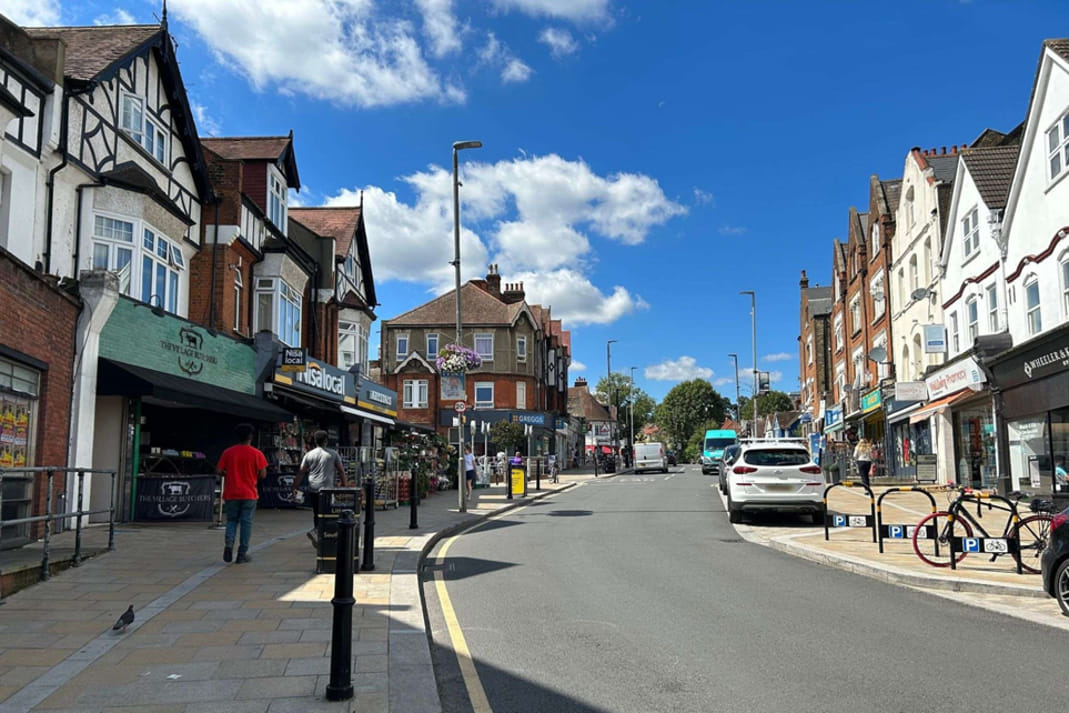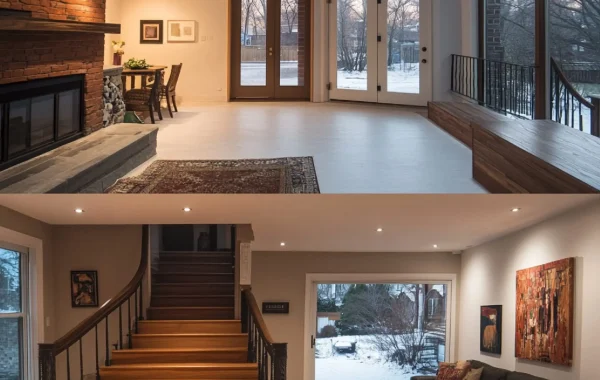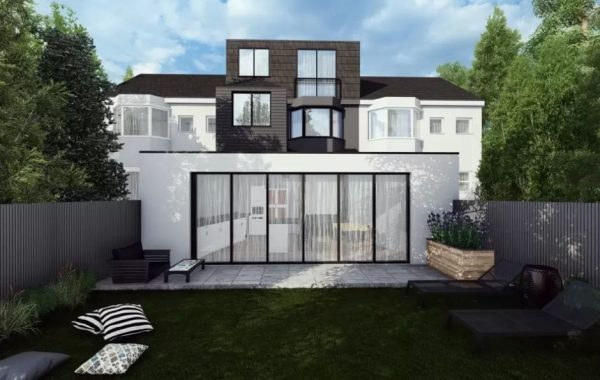Illuminating Wandsworth Southfields Building Regulations: A Comprehensive Exploration
Embarking on a construction or renovation endeavor in Southfields, nestled within the dynamic borough of Wandsworth, entails more than bricks and mortar—it requires a deep understanding of the regulatory framework that shapes the built environment. Here’s an expansive journey through the intricate world of Wandsworth Southfields building regulations:
1. Foundation of Understanding: Purpose and Scope of Building Regulations
At its heart, building regulations in Southfields serve as the guardians of safety, sustainability, and structural excellence. These regulations span a diverse spectrum of mandates:
- Structural Integrity: Ensuring buildings withstand the test of time and environmental challenges.
- Fire Safety: Mandating precautions such as fire-resistant materials and strategic escape routes.
- Energy Efficiency: Promoting designs that minimize environmental impact and maximize energy conservation.
- Accessibility: Ensuring buildings are inclusive, accommodating diverse needs and abilities.
2. Balancing Act: Planning Permission vs. Building Regulations
While planning permission paints the artistic vision and environmental impact of a project, building regulations provide the technical blueprint ensuring every detail meets stringent safety and operational standards. Larger projects often necessitate both permissions to harmonize creative vision with regulatory compliance seamlessly.
3. Intricate Threads: Key Areas Covered by Building Regulations
In the rich tapestry of Southfields’ architectural landscape, building regulations intricately weave through every facet of construction:
- Structural Mastery: Guidelines ensuring robust foundations, durable walls, and resilient roofs.
- Fire Safety Ensemble: Specifications for fire suppression systems, alarms, and fire-resistant construction materials.
- Air Quality Symphony: Ventilation standards ensuring optimal indoor air quality and circulation.
- Insulation Excellence: Requirements for thermal efficiency, reducing energy consumption and enhancing comfort.
- Plumbing Precision: Standards for efficient drainage and plumbing installations.
- Electrical Brilliance: Regulations ensuring safe electrical systems and installations.
- Accessibility Innovations: Design provisions to facilitate ease of access for all community members.
4. Compliance Choreography and Inspection Orchestration
Achieving compliance with building regulations is a collaborative endeavor involving architects, engineers, builders, and regulatory authorities. Regular inspections at key milestones ensure adherence to approved plans and regulatory standards, safeguarding project integrity and community well-being.
5. Risks of Non-Compliance: Navigating the Regulatory Landscape
Deviation from building regulations can lead to a complex landscape of penalties and legal ramifications. From fines and enforcement notices to potential project delays or even demolition orders, adhering to regulations from inception mitigates risks and ensures project continuity.
6. Community Resources and Support
Navigating Southfields’ building regulations is facilitated by an array of resources and support mechanisms:
- Guidance and Documentation: Clear directives and educational resources provided by local authorities.
- Consultative Platforms: Workshops, seminars, and expert consultations offering tailored guidance and insights.
- Professional Expertise: Architects, engineers, and consultants equipped to navigate regulatory complexities and optimize compliance strategies.
Conclusion: Building a Vision, Upholding Standards
In Southfields, building regulations transcend mere legal compliance—they embody a commitment to fostering safe, sustainable, and thriving communities. By embracing these regulations, stakeholders contribute to a built environment where innovation meets responsibility, and every structure is a testament to thoughtful design and community benefit.
For stakeholders embarking on construction ventures in Wandsworth Southfields, understanding and complying with building regulations isn’t just a necessity—it’s an opportunity to shape a future where architecture harmonizes with community needs and aspirations. Consultation with local authorities and industry professionals ensures projects are not only compliant but also catalysts for positive change and enduring impact.





